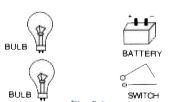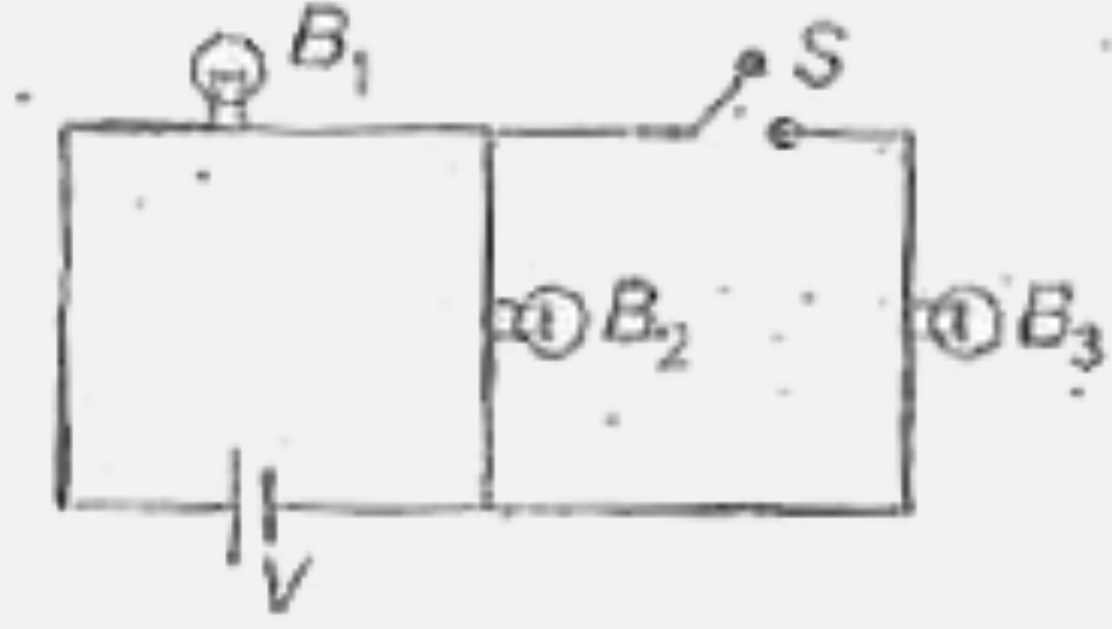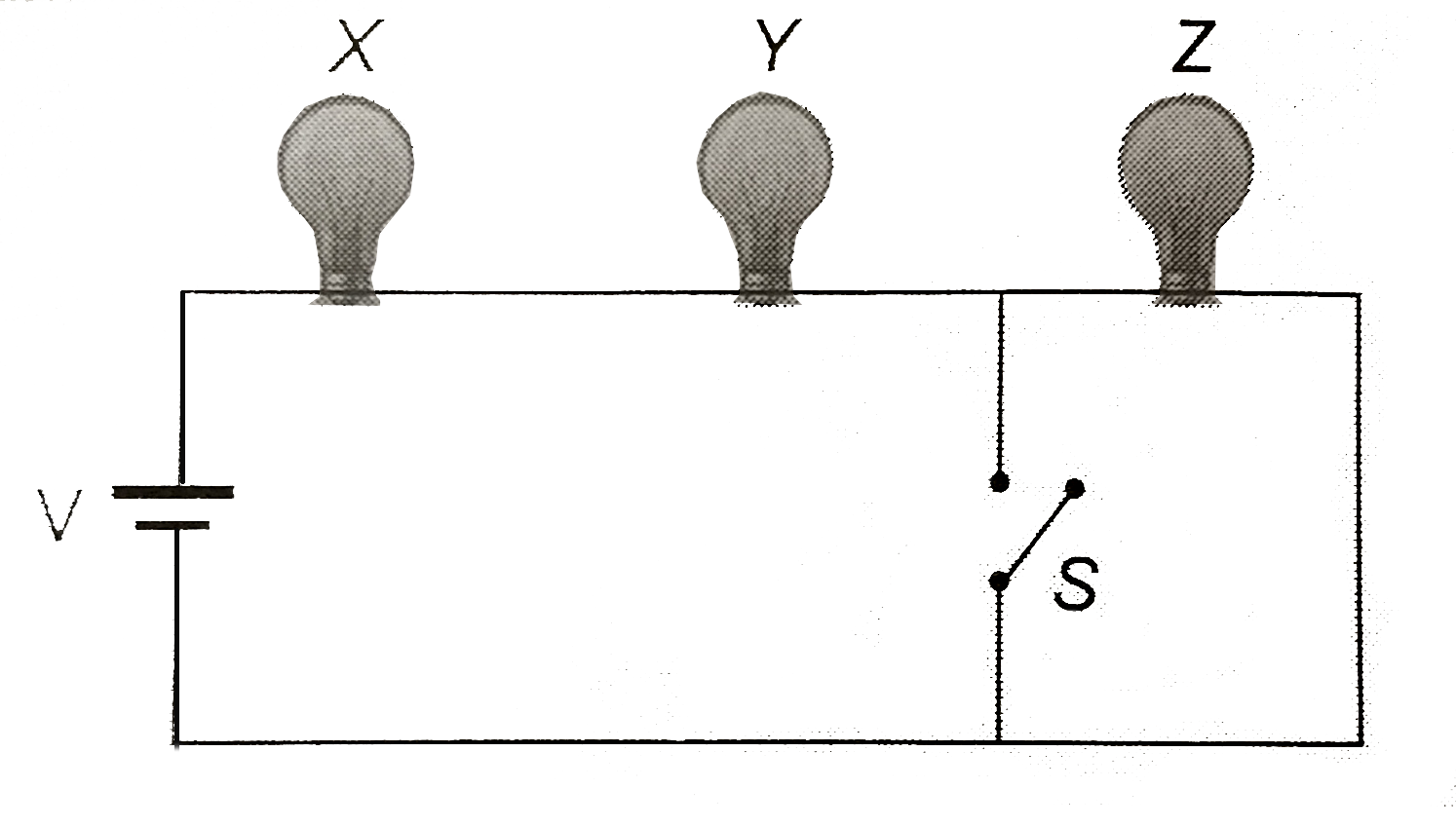Draw the symbols for battery, open switch, bulb, and resistor.
To draw the symbols for a battery, open switch, bulb, and resistor, follow these steps:
Step 1: Draw the Battery Symbol
1. Start by drawing two parallel lines.
- The longer line represents the positive terminal.
- The shorter line represents the negative terminal.
Step 2: Draw the Open Switch Symbol
2. For the open switch, draw a break in a line with two angled lines coming off each end:
- The break indicates that the circuit is open.
Step 3: Draw the Bulb Symbol
3. To represent a bulb, draw a circle with a small line at the bottom:
- This circle represents the bulb itself.
Step 4: Draw the Resistor Symbol
4. For the resistor, draw a zigzag line:
- This zigzag line symbolizes the resistor in the circuit.
Final Representation
- You should now have the following symbols:
- Battery: Two parallel lines (longer for positive, shorter for negative).
- Open Switch: A break in a line with angled lines.
- Bulb: A circle with a line at the bottom.
- Resistor: A zigzag line.
1. Start by drawing two parallel lines.
- The longer line represents the positive terminal.
- The shorter line represents the negative terminal.
2. For the open switch, draw a break in a line with two angled lines coming off each end:
- The break indicates that the circuit is open.
3. To represent a bulb, draw a circle with a small line at the bottom:
- This circle represents the bulb itself.
4. For the resistor, draw a zigzag line:
- This zigzag line symbolizes the resistor in the circuit.
- You should now have the following symbols:
- Battery: Two parallel lines (longer for positive, shorter for negative).
- Open Switch: A break in a line with angled lines.
- Bulb: A circle with a line at the bottom.
- Resistor: A zigzag line.
Topper's Solved these Questions
- ELECTRICITY AND MAGNETISM Book:ICSEChapter:ELECTRICITY AND MAGNETISM Exercise:EXERCISE (SECTION I) (Long Answer Questions)
Explore 4 Videos
- ELECTRICITY AND MAGNETISM Book:ICSEChapter:ELECTRICITY AND MAGNETISM Exercise:EXERCISE (PICTURE STUDY)
Explore 4 Videos
- ELECTRICITY AND MAGNETISM Book:ICSEChapter:ELECTRICITY AND MAGNETISM Exercise:EXERCISE (SECTION I) (Distinguish between)
Explore 8 Videos
- ENERGYBook:ICSEChapter:ENERGYExercise:EXERCISE (PICTURE STUDY)
Explore 3 Videos
Similar Questions
Draw the lewis symbol for Nitrogen and Sulphur.
View SolutionDraw the symbol for AND gate and write its truth table.

View SolutionDraw Lewis dot symbols for the element Argon.
View SolutionDraw the circuit symbol of photodiode.
View SolutionThe diagram in Fig. shows a battery, a switch and two bulbs.
Complete the diagram to show the electric connections of the bulbs to the battery.

View SolutionThe diagram in Fig. shows a battery, a switch and two bulbs.
(a) Complete the diagram to show the electric connections of the bulbs to the battery.
How have you joined the bulbs in part (a) ? Give reason.

View SolutionDraw Lewis dot symbol for Beryllium (Be) and Boron (B)
View SolutionThree bulbs,each having a resistance of 180(Ω)are connected in parallel to an ideal battery of emf60V. Find the current delivered by the battery when (a)all the bulbs are switched on,(b)two of the bulbs are switched on and (c )only one bulb is switched on.
View SolutionThree identical bulbs B1,B2 and B3 are connected to the mains as shown in figure. If B3 is disconnected for the from the circuit by opening switch S, then incandescence of bulb B1 will . ,

View SolutionA series circuit consists of three bulbs connected to a battery as shown. When switch S is closed, what happens to (a) Power consumed in bulb X and Y (b) Power consumed in bulb Z (c ) the current in the circuit (d) the voltage drop across three bulbs and (e) the power consumed in circuit?

View Solution